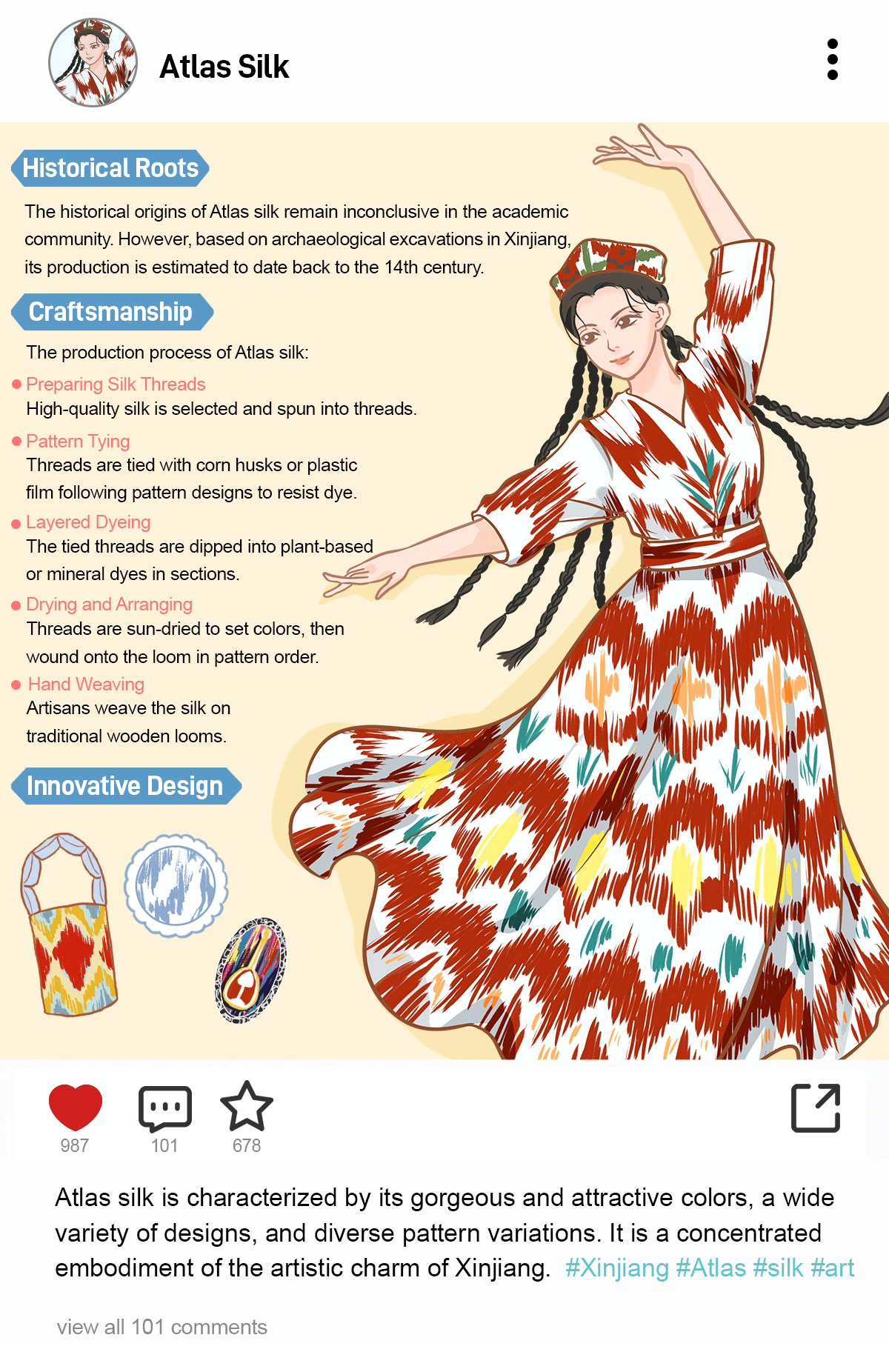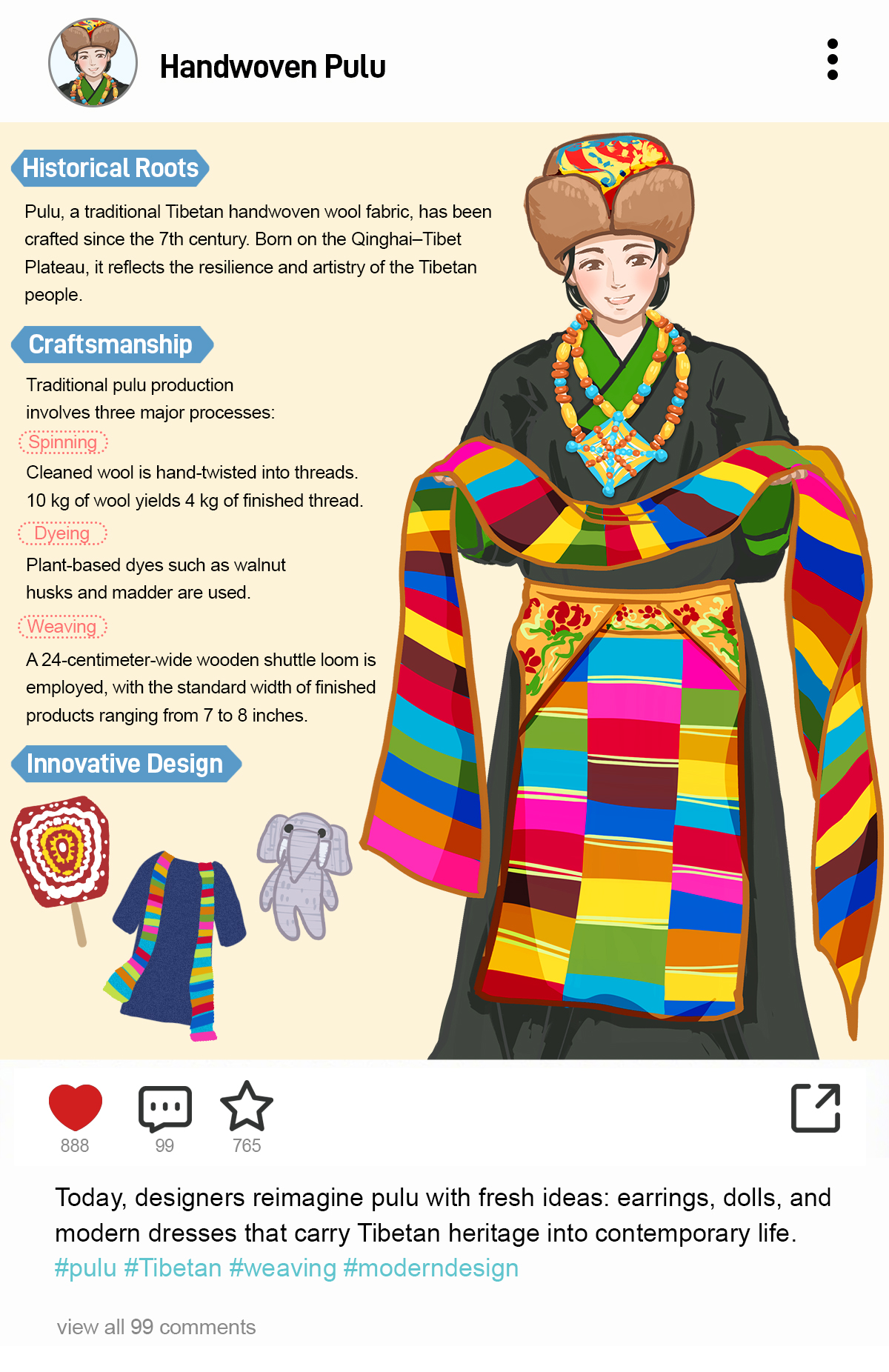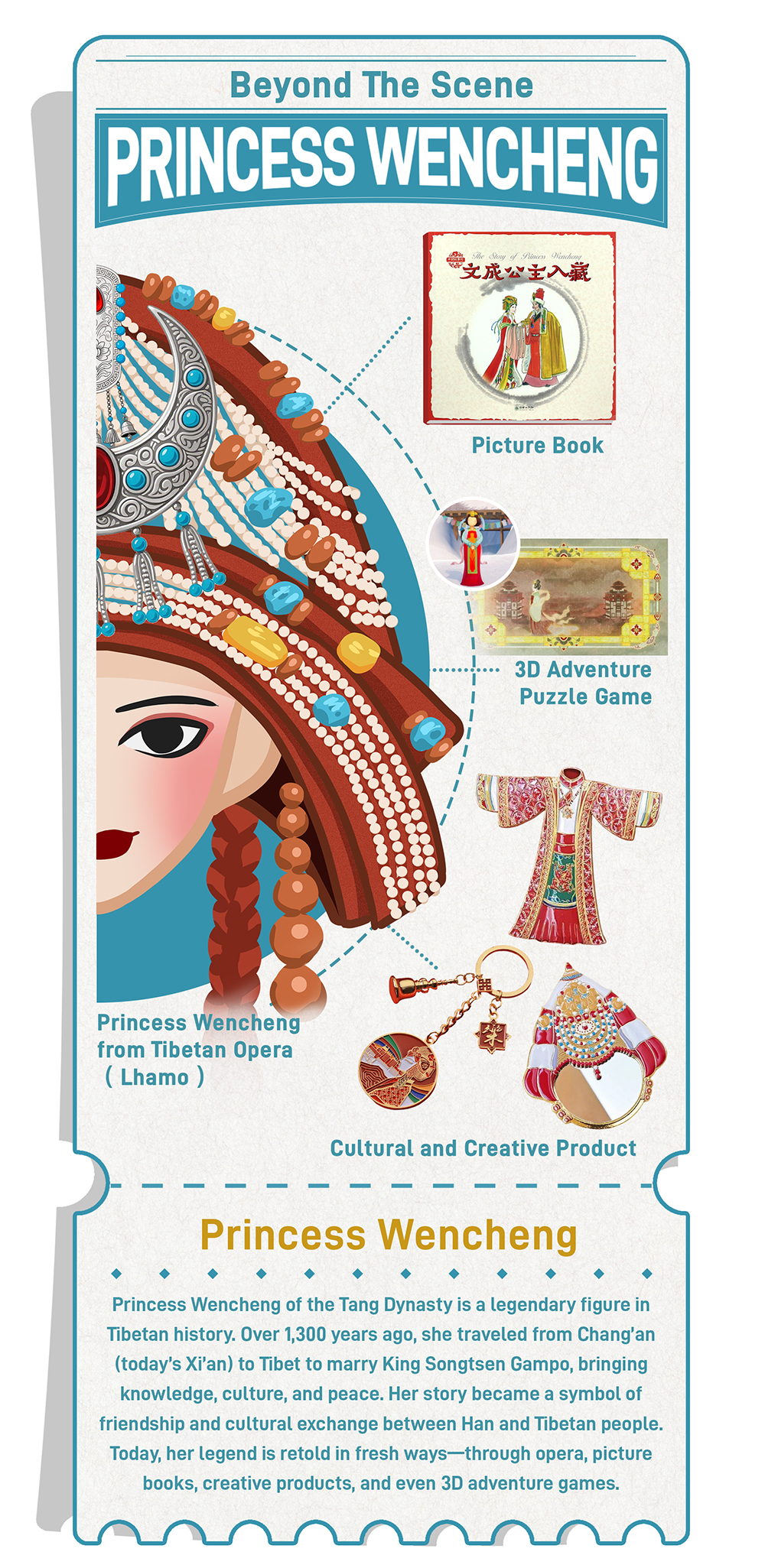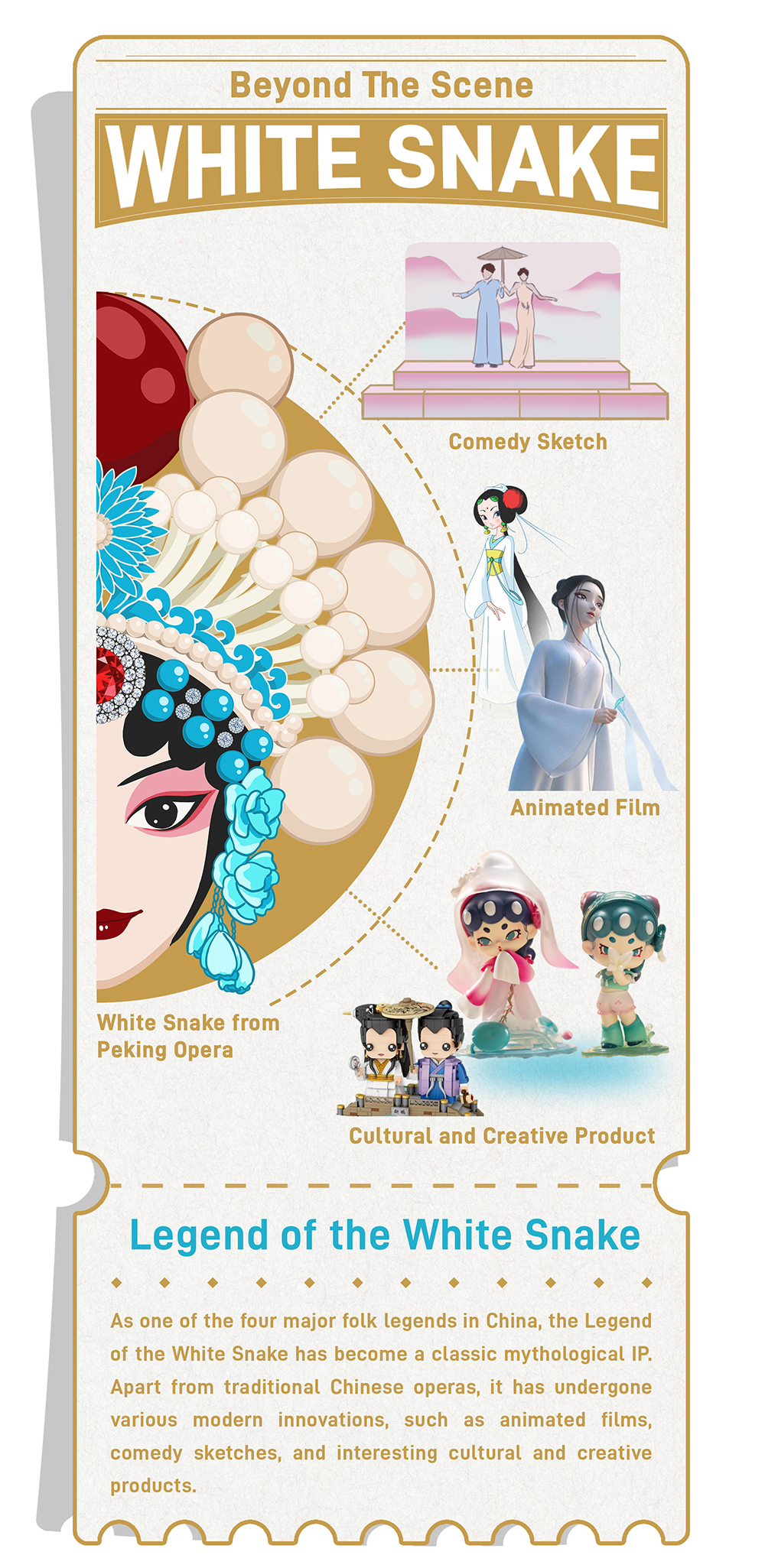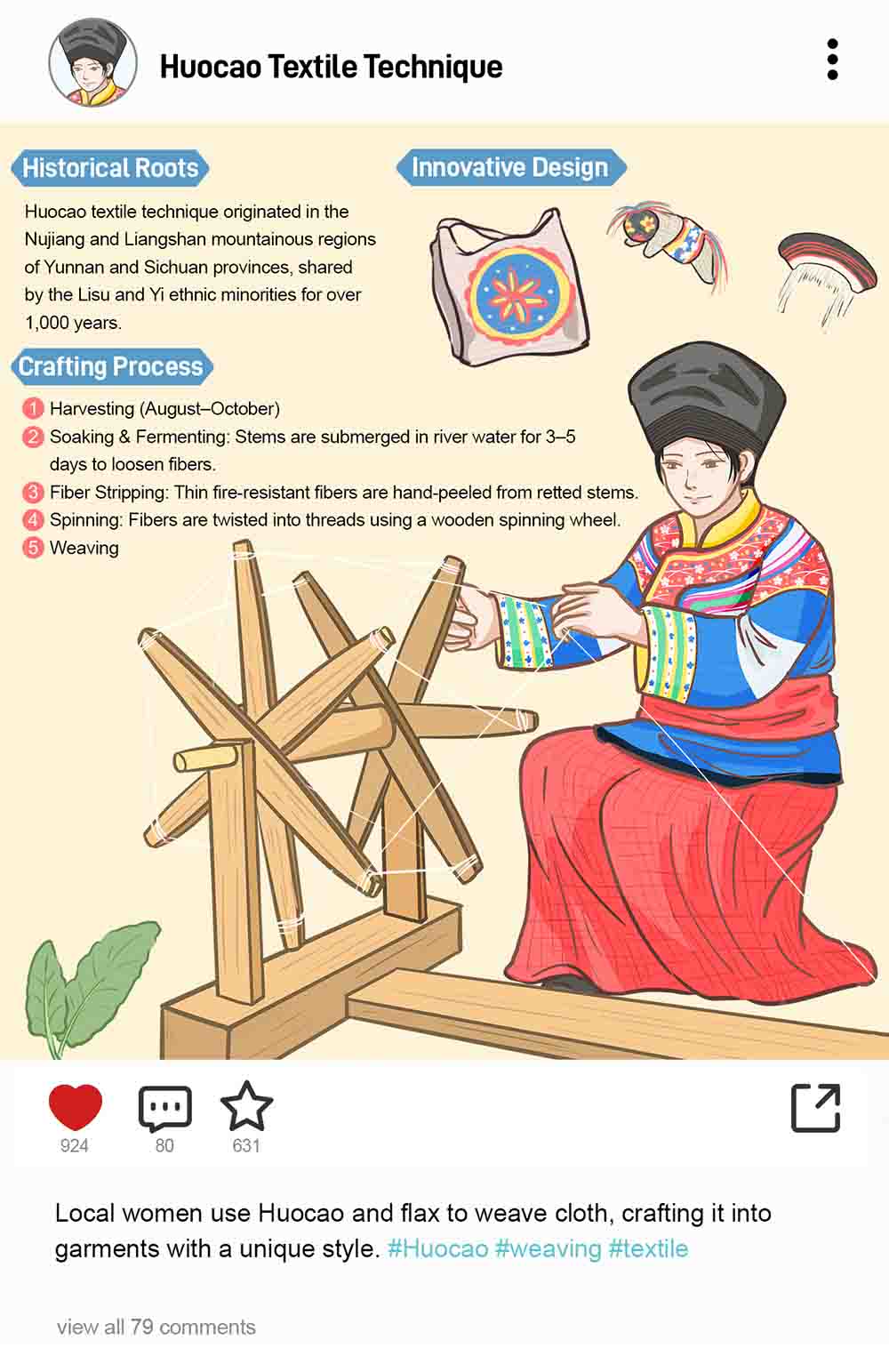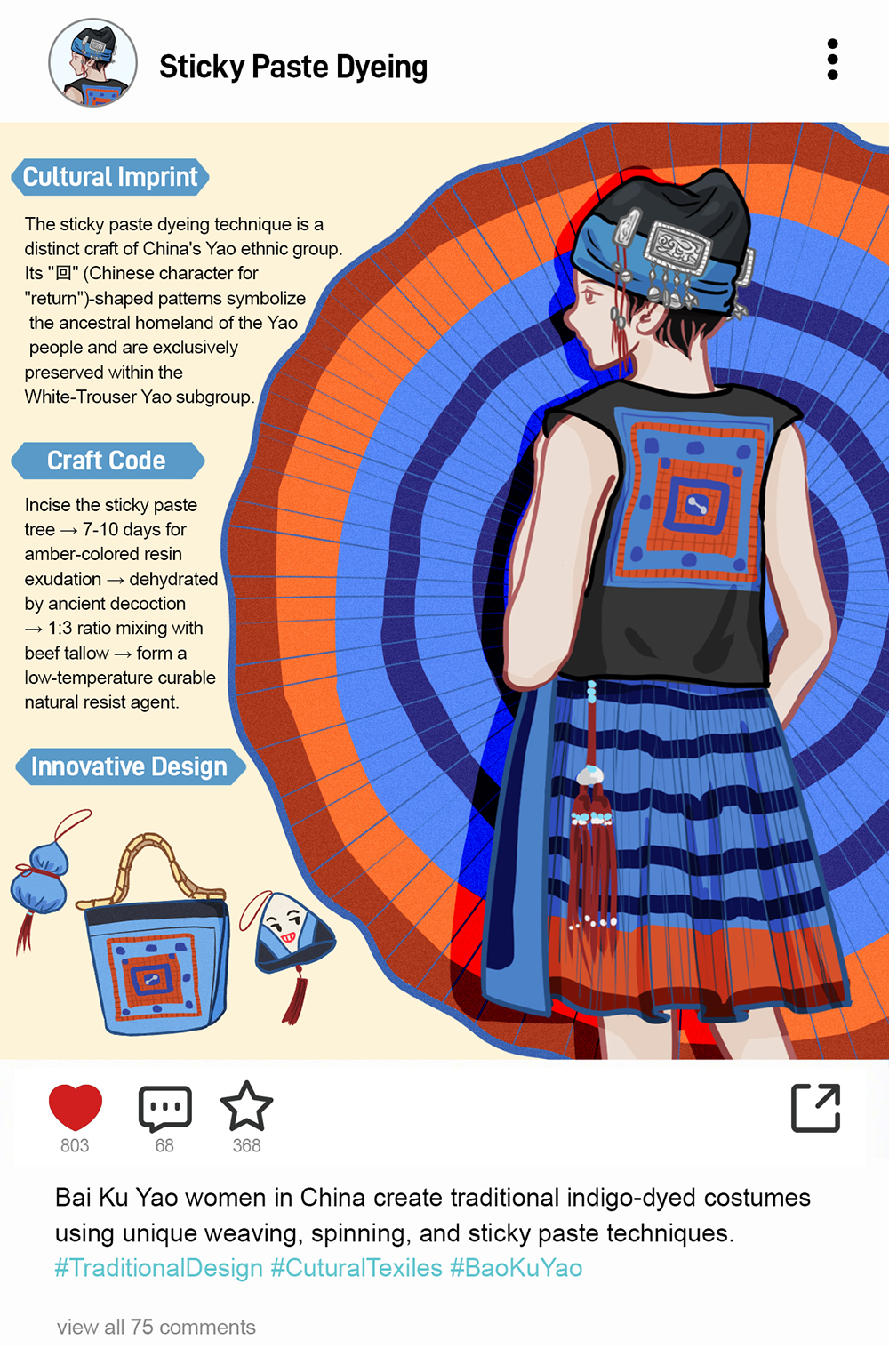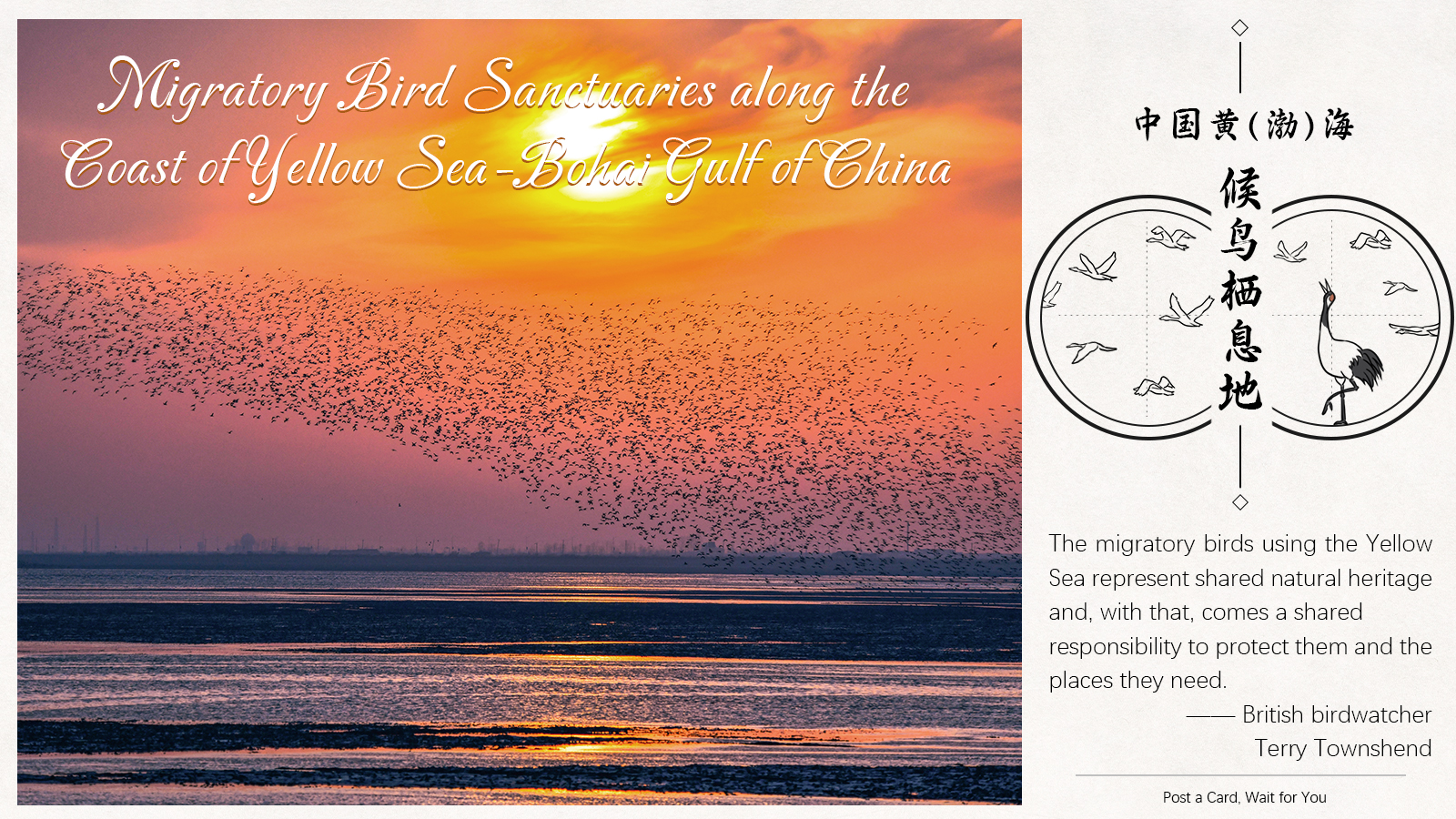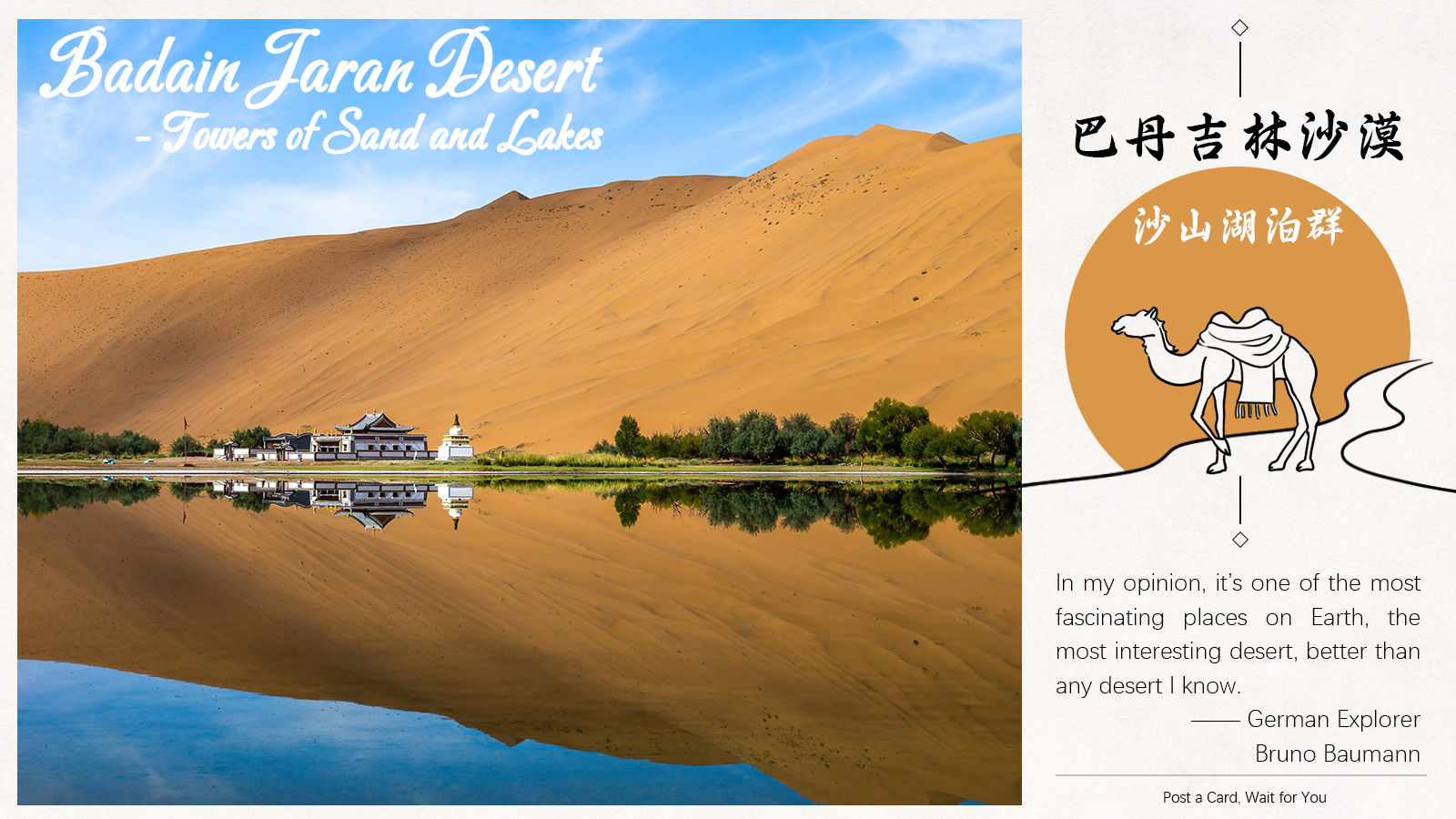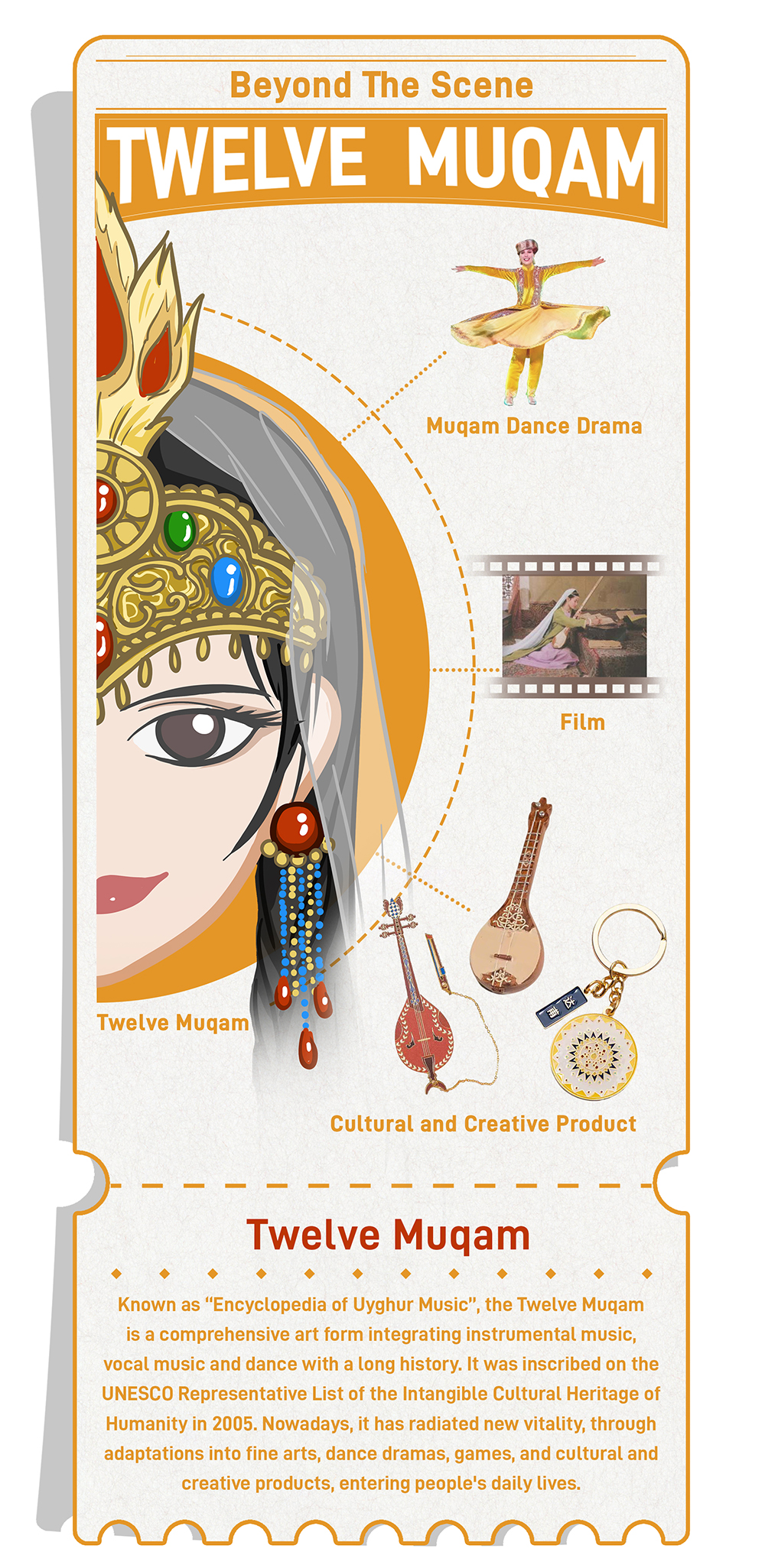
Everyone who visits Xinjiang will be captivated by its stunning scenery and delicious cuisine. In fact, this land also boasts musical treasures, such as the Twelve Muqam.
What exactly is the “Twelve Muqam”?
The Twelve Muqam can be a piece of music, a dance, or a poem. It is a large-scale, comprehensive art form known as the mother of Uyghur music.
It is mostly popular in places like Kashgar, Hotan, Shache, and Kuqa, consisting of 12 large-scale suites in total. Each suite contains 20 to 30 pieces of music, and it takes approximately 2 hours to perform each suite. Therefore, it requires a full day to perform the Twelve Muqam entirely.
Like other traditions in Xinjiang, the art is being passed down from generation to generation. According to academic research, the Twelve Muqam traces its origin to the ancient music of the Western Regions in China.
Historically, the Twelve Muqam was passed down just orally among the people. The systematisation of Muqam is credited to a woman, Princess Amannisahan.
During the Yarkant Khanate period in the 16th century, she organised folk artists and poets, systematically organised the then-disordered Muqam, and finally formulated twelve sets of standardised Muqam suite music. She is honoured as “the Mother of the Twelve Muqam”.
During its development, the Twelve Muqam spread eastward, making a historic contribution to the development of Chinese music. It also exerted a profound influence on Japanese gagaku and Vietnamese music. It was inscribed on the UNESCO Representative List of the Intangible Cultural Heritage of Humanity in 2005.
Twelve Muqam Reborn in Modern Times
In modern times, the Twelve Muqam has undergone continuous innovation in many fields. For example, in the field of music, artists have skillfully integrated the Twelve Muqam with traditional Chinese instruments such as the guqin and pipa, creating a new musical experience.
In the world of gaming, its classic melodies are used as background music, and its distinctive costume elements are recreated in character designs. It has carried out cooperation with traditional Chinese operas such as Peking Opera, enriching the artistic expression.
Digital technology has further endowed the Twelve Muqam with brand-new vitality. AR technology brings the Muqam cultural relics in museums to life, bridging the gap with young people. It has also participated in cultural and artistic exchange activities abroad, including the UK and France, allowing more people around the world to understand the charm of this art.
Written by Sha Liu, picture designed by Di Wang.
If you liked this article, why not read: 【Beyond the Scene】More Than A Fairy Tale: The Legend of Princess Wencheng

